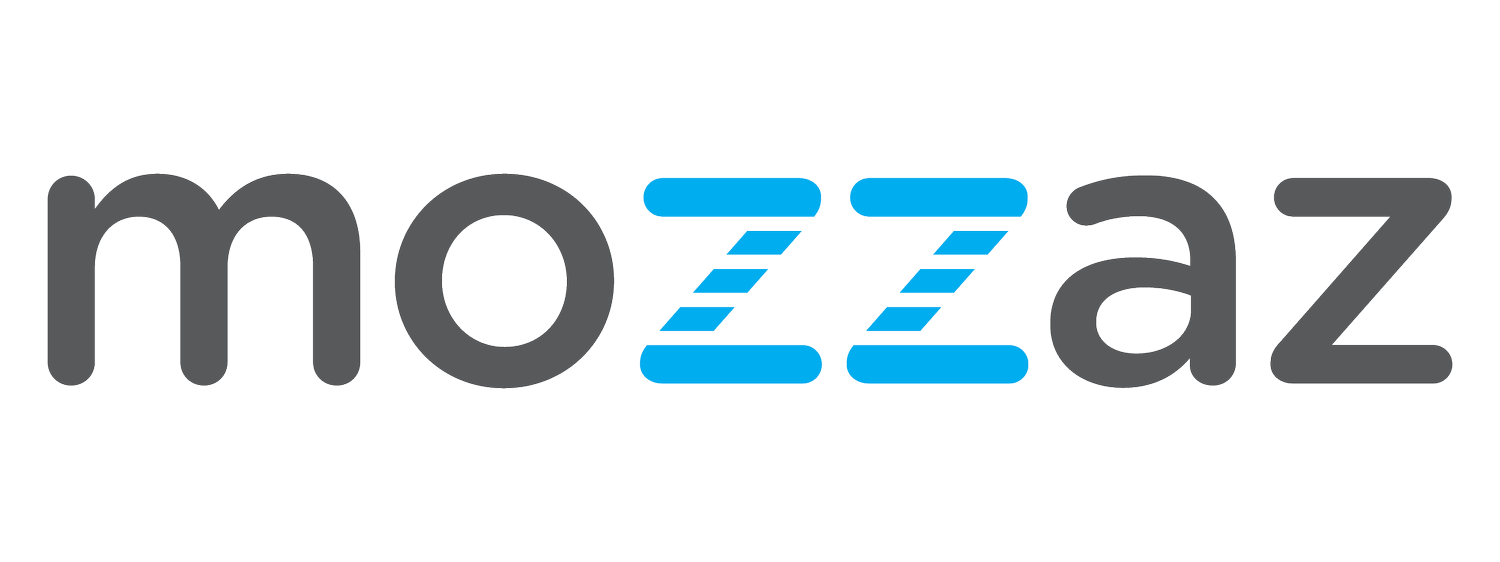Retail Health: The Nexus of Retail and Healthcare
Today’s consumers have more options than ever when deciding how to spend their time and money. As a result, convenience, quality, and transparency are key pillars during any buyer’s journey – including the healthcare consumer experience (1). In the past, consumers held very different expectations for retail and healthcare, but modern advances have fueled the convergence of these two industries. In recent years, the healthcare industry has analyzed how retail creates ultimate customer experiences, both in-store and online, and is applying insights gleaned to the healthcare patient experience.
Lessons Learned
Arguably the biggest lesson healthcare has learned from retail to date is the importance of adapting to meet a consumer where they are. The retail industry has a long-standing history of making products accessible, and engaging buyers based on what is convenient for them specifically. How does this translate to the healthcare industry? Adaptability in healthcare is rooted in what patients, the consumers, want. Healthcare consumer reports are consistently showing that patients want easy access to basic healthcare services. This could encompass a variety of factors like on-demand care or extended hours. Patients also want more options for preventative care to maintain their health status and incorporate wellness into their daily life. Finally, patients want affordability and cost transparency from the healthcare industry (1).
Applying Consumer Input
Taking a page out of the retail handbook, healthcare has listened to their consumers and adapted to create a new option for patients: retail health clinics. Just as it sounds, a retail health clinic is, simply, a health clinic located in a retail store. Healthcare providers at these clinics can treat minor, uncomplicated, illnesses and injuries at a patient’s convenience. These are not to be confused with urgent care facilities that handle conditions that are more pressing, but not life-threatening (3). A great example of retail health in action is the CVS minute clinic program. CVS minute clinics handle services like minor illness/injury, basic health screenings, skin conditions, travel health, vaccinations, physicals, and even some women’s services (2). Most commonly, retail health clinics set a price for a certain service, so patients are aware upfront the associated costs and can make financial decisions accordingly (3). These clinics offer patients an accessible, convenient, and cost-effective way to receive care for problems that may otherwise go untreated.
Retail health clinics are continuing to grow in number and in services offered, enabling them to focus on initiatives like population health and chronic disease management (4). The clear financial and accessibility benefits are driving a steady and continuous increase in utilization for these clinics, especially as patients navigate high-deductible health plans and health savings accounts (4). In addition to having more satisfied consumers, implementing retail health clinics is helping the healthcare industry realize cost savings by reducing ER utilization, making them mutually beneficial for both patients and health providers.
The Future of Retail Health
As retail health clinics become more common, there is a large opportunity for digital health solutions to supplement the services offered in clinic, addressing the patient needs identified even further. Acting as an extension of the in-clinic experience, patient applications increase accessibility to care through digital care plans, telehealth, secure messaging, in-app educational content and more. Using daily mobile symptom trackers and connected devices, patients can stay on top of their own health. When the tracked data flows bi-directionally providers can identify potential risks and intervene early, keeping healthy patients healthy and freeing up healthcare resources for others. As healthcare and retail converge, digital technology will become a key component for success, launching healthcare into further consumerization for optimal patient experiences and outcomes. Contact us today to learn how virtual care solutions can complement your clinical programs and give your patients more options for receiving high-quality care.
References
(1) Retail Health, Retail Medicine and the New Healthcare Experience. (2021). Gensler. Retrieved from https://www.gensler.com/blog/retail-health-retail-medicine-the-new-healthcare-experience
(2) Services. (2021). CVS Pharmacy. Retrieved from https://www.cvs.com/minuteclinic/services
(3) What is the Difference Between Urgent Care, Retail Health Clinics? (2017). Patient Engagement HIT. Retrieved from https://patientengagementhit.com/news/what-is-the-difference-between-urgent-care-retail-health-clinics#:~:text=Retail%20health%20clinics%20are%20health,handled%20at%20a%20patient's%20convenience
(4) Retail clinics continue to shape local healthcare markets (2016). Healthcare IT News. Retrieved from https://www.healthcareitnews.com/blog/retail-clinics-continue-shape-local-healthcare-markets

